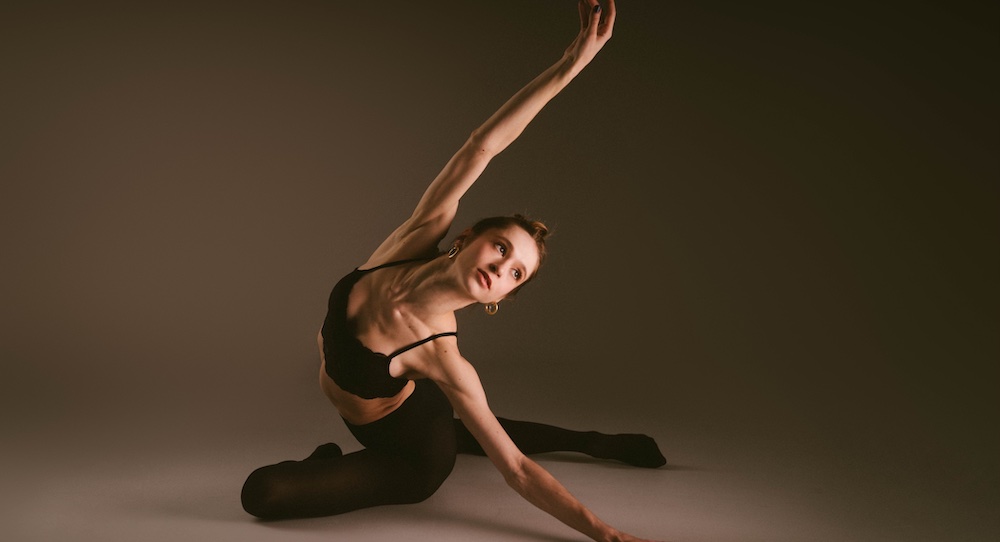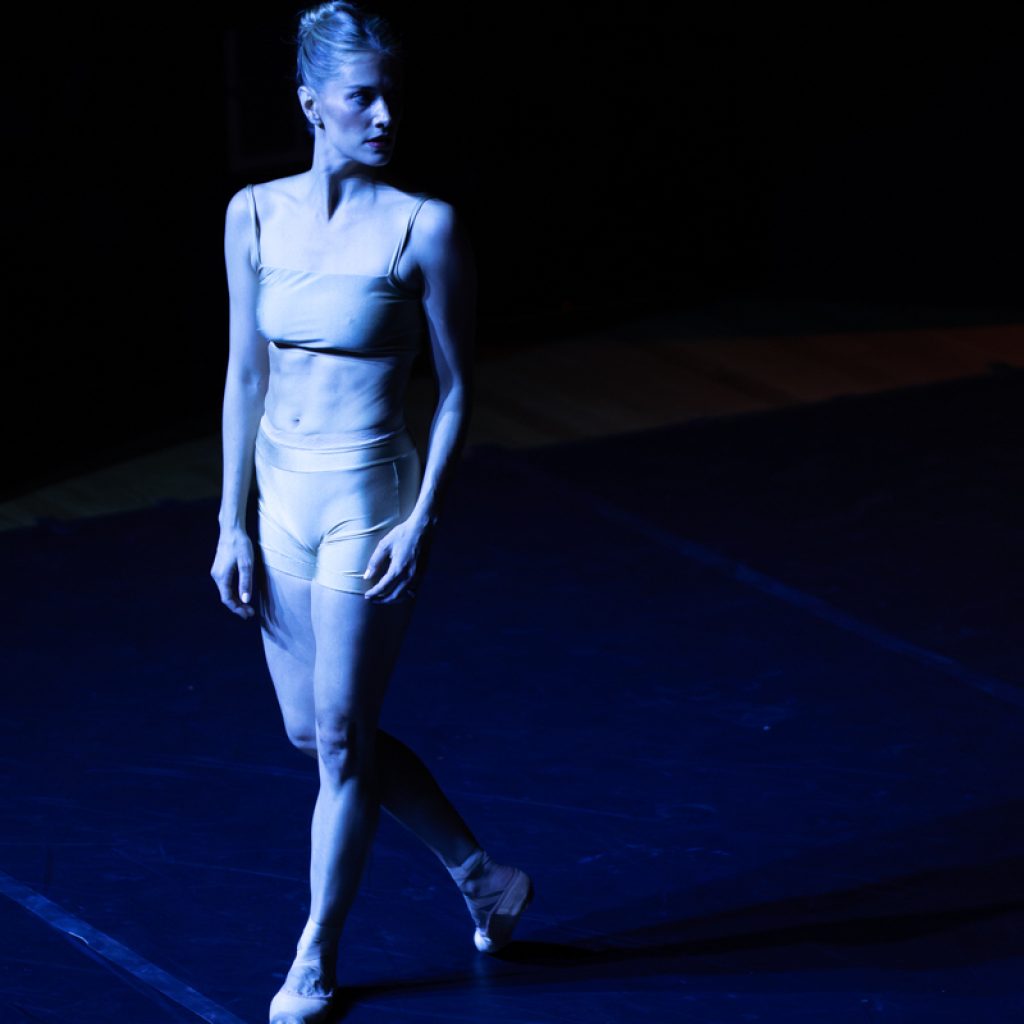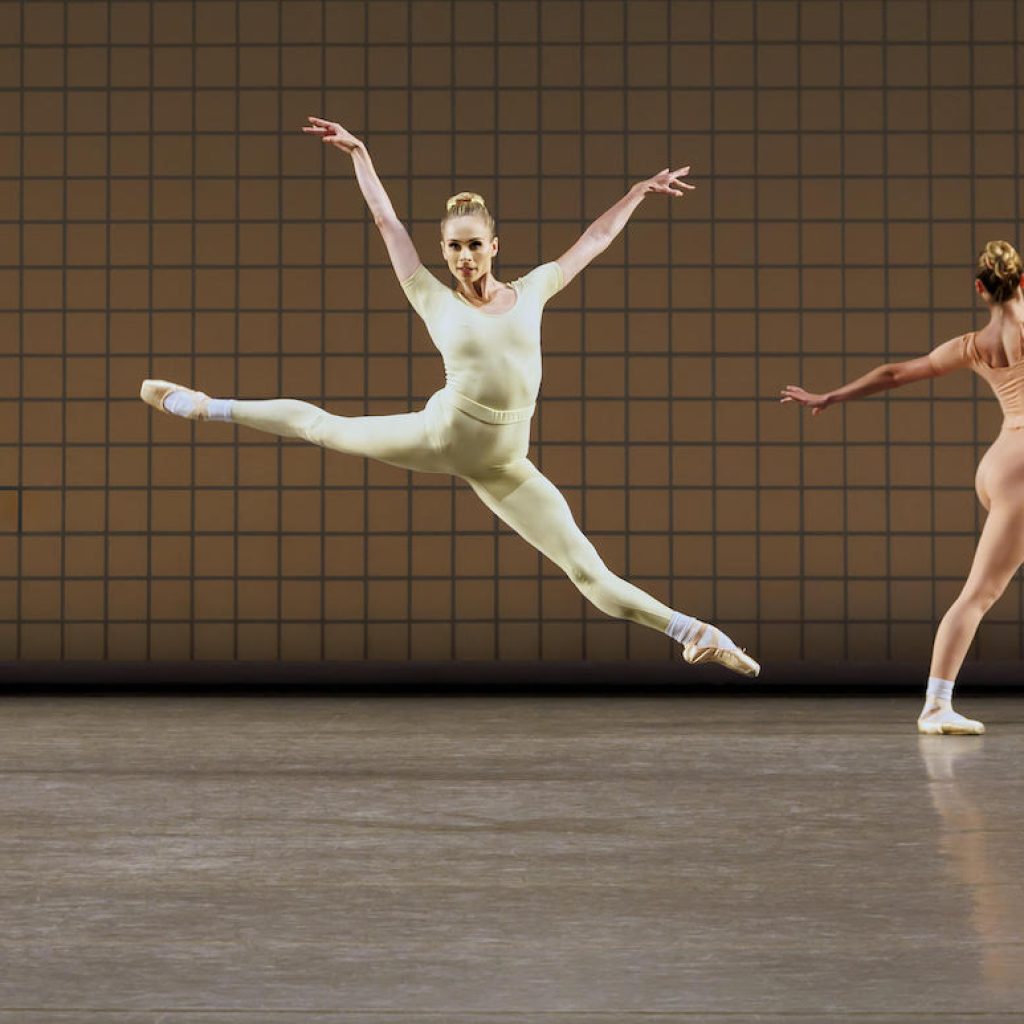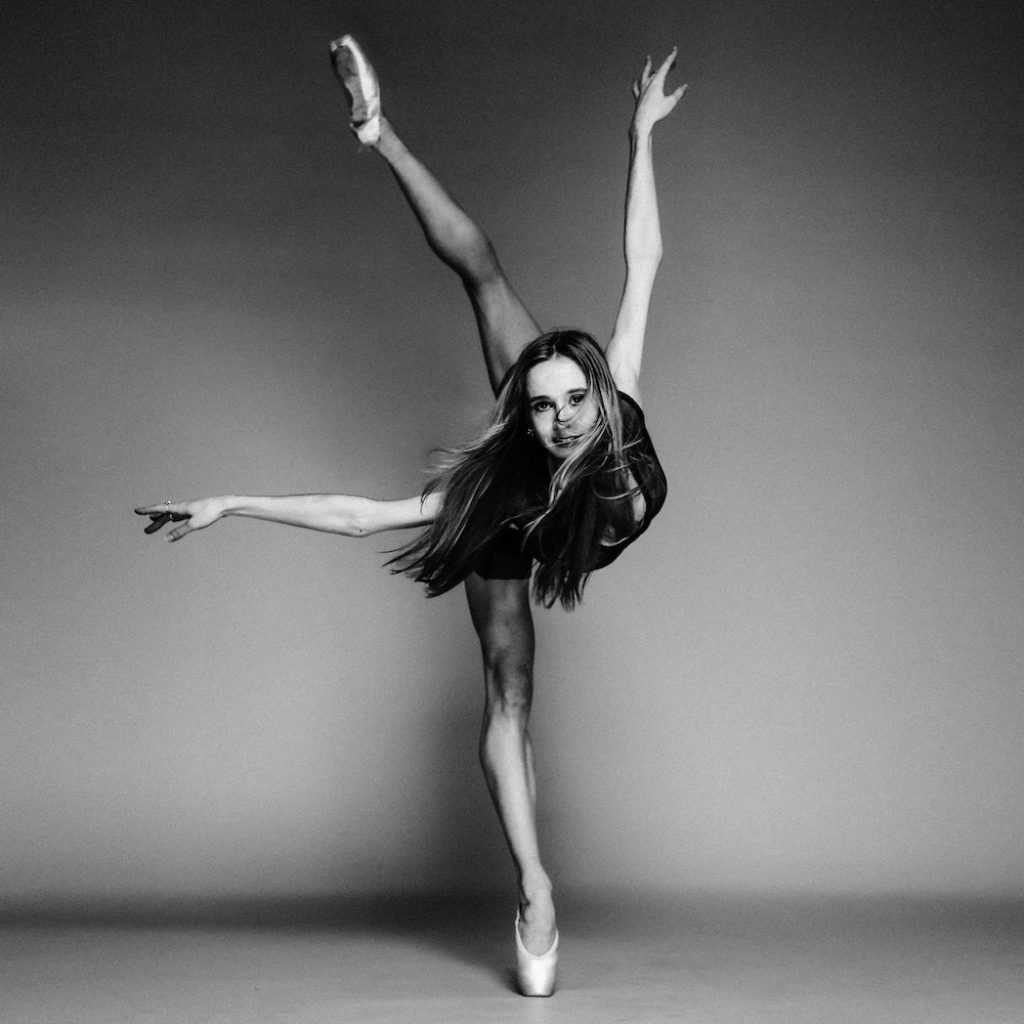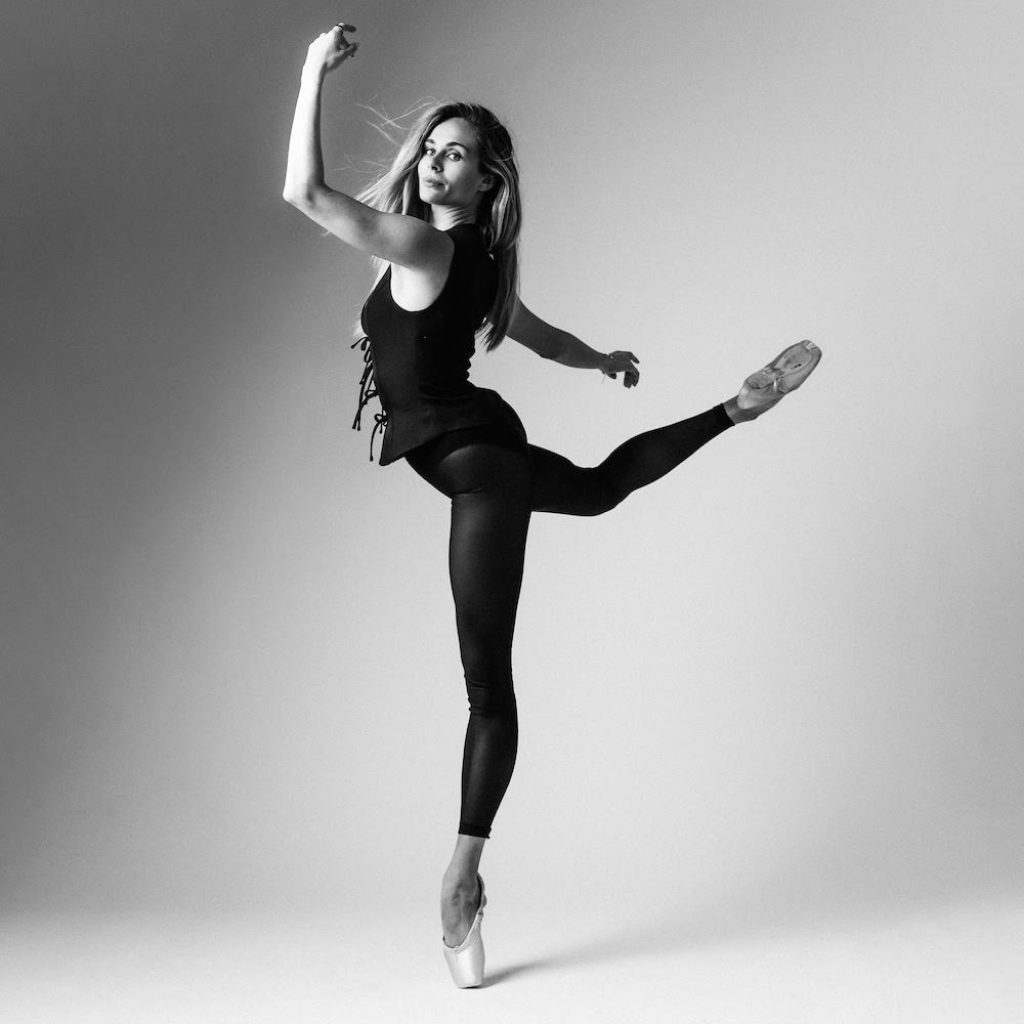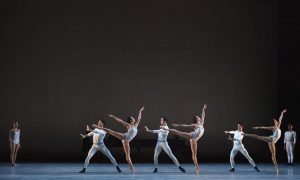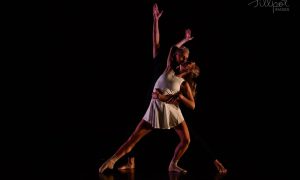Many dancers, at some point in their careers, make the decision on whether to join a company or work freelance. There are pros and cons to both paths; each one allows for artists to form and shape their own trajectory. Some dancers are drawn to the stability of a company, where they find more consistent work and support, while others are interested in the variability and flexibility of a freelance structure. Here, three east coast ballet dancers prove that you can (and maybe even should) give both avenues a try; what you discover about yourself might surprise you.
Being part of a dance company has many aspects that hold great meaning for dancers. Company culture pushes artists to their peak performance level and cultivates a work environment rooted in artistic excellence. Lucy Nevins danced for The Washington Ballet for six years before making the transition to freelance dancing in New York City. In a company, says Nevins, you have “both built in support and motivation.” During her time at The Washington Ballet, Nevins was surrounded by ballet masters with expertise and felt inspired by her fellow peers, describing them as a gift that allowed her to “elevate her art.”
Kirsten Evans danced for Festival Ballet Providence (now Ballet RI) for 12 years before pursuing a freelance career, also in NYC. Evans felt that the bond she shared with her fellow company members was similar to participating in a team sport – rehearsing together for hours in the studio to make each performance exceptional. It has been two years since she stepped away from the company, and yet her former colleagues are still her closest friends.
For Jackie Bologna, former member of New York City Ballet (NYCB) and current a NYC-based freelancer, being a part of a company allowed for her to be challenged on a daily basis, both physically and mentally. She enjoyed the ability to learn such a wide range of ballets and felt continuously inspired by the new repertory she was consistently learning.
After working in a company, it is common for dancers to explore freelance work, eager to continue dancing but under different circumstances. Evans was looking to keep dancing but “be able to have a little bit more control over the roles and the shows [she was] working in.” Outside of the studio, she was hoping to create more space for other passions.
Nevins was also on a quest to find a new kind of balance. She felt that her entire life and identity was focused on ballet and was ready to see the world beyond studios and stages. “We can’t forget the people we are,” Nevins states as she remarks on her freelancing time. During her time freelancing, she had the chance to meet all sorts of artists outside of dance: singers, actors, painters and photographers. And without a hectic rehearsal and performance schedule, there was more time to connect with others and explore all that NYC had to offer.
Bologna experienced something quite similar. “I had been so focused on one thing my entire life,” she says, and eventually felt called to explore other artistic interests. Deep down, she always knew that she would be back on stage, just in a new capacity.
Despite the beneficial aspects of both freelance and company work, the transition between the two can be challenging; but dancers are creative by nature, finding ways to keep dance a consistent rhythm in their lives. For Nevins, her main intention during her transition to freelance was “to let go and let the universe lead.” She decided to “do the next right thing and follow her gut,” living in the present moment instead of living in fear. She finished her degree at Georgetown University, which she started while dancing with The Washington Ballet. Then, she moved to NYC after graduation, drawn there for its robust arts scene and proximity to friends and family.
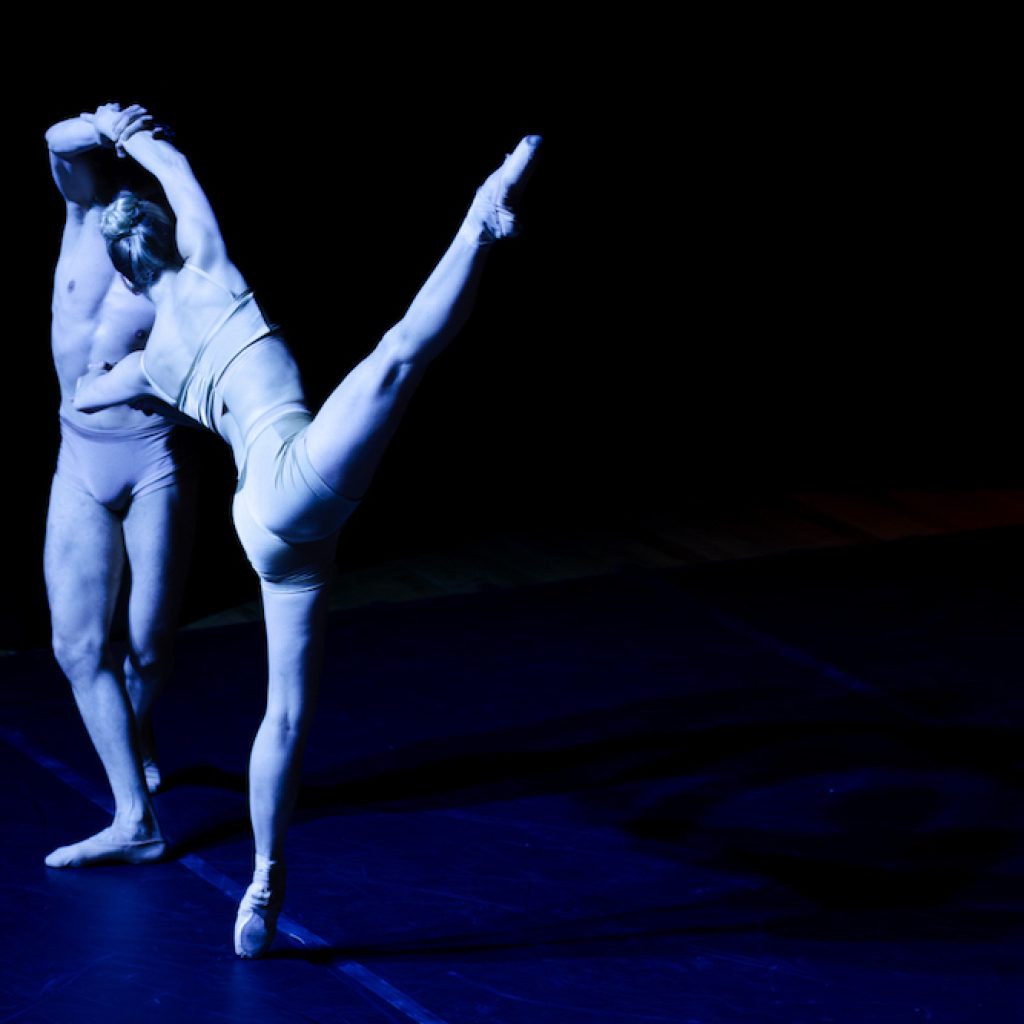
For Evans, she felt eager to continue dancing but wanted to have more control over the various roles she was performing. “You have to go all in or go your own way,” she states as a key difference between company and freelance life. Similar to Nevins, Evans relocated to NYC, and felt welcomed into the freelance scene. Fellow classmates and former colleagues helped her to find work. Evans also comments on the fact that there was “a bit of grieving for what your old life once was,” having mental health support proved to be incredibly beneficial.
For Bologna, time away from ballet after leaving NYCB felt necessary. She spent her days taking all sorts of classes, from cooking to acting, before realizing that she missed the physical practice of ballet. Most of her freelance work has come from friends and former NYCB colleagues who are now running their own small companies.
Crucial to sustaining a career is the ability to find happiness and satisfaction. Many dancers are able to find this through freelance work, while others realize that company life is where they thrive. For Bologna, she finds joy and fulfillment being a part of projects with her former colleagues at NYCB. The transition to freelance has been one of freedom and liberation. “I am doing it for me; it’s on my own terms,” she says. Although there is the same level of expectation in performances, it’s a different kind of pressure. Bologna is able to keep dancing during her first semester at Fordham University this fall. Dancing is what allows her to feel best, both in mind and body, and the ability to keep dancing while also leaving room to explore life outside of ballet has been rewarding.
Evans is also able to explore and cultivate life outside of ballet during this transition. “I feel like I am directing my own life,” Evans shares as she navigates her various responsibilities. Her freelance career allows her the time for other endeavors including directing Revolve Dance Project, studying at Rhode Island School of Design, and various set design and freelance writing projects. For Nevins, her time in freelance allowed her to realize just how much she appreciates company life. After two years, Nevins relocated to Miami and joined Miami City Ballet.
Bologna, Evans and Nevins have so elegantly demonstrated that a meaningful career is one that changes, shifts and evolves alongside the dancer’s life. Their career paths are here to remind us that the right path is rarely obvious in advance, but is the one that feels the most fulfilling in the moment.
By Rachel Marchica of Dance Informa.
